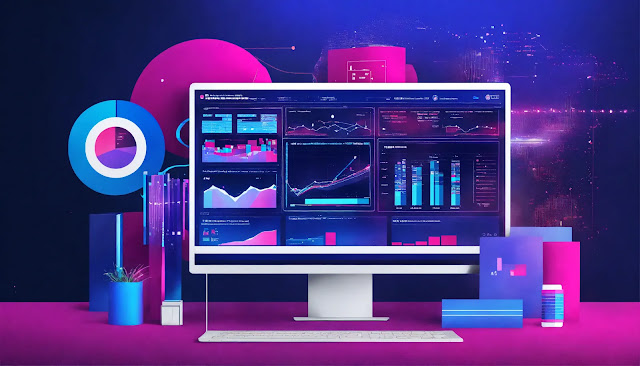Analytics Demystified: How to Track and Measure Your Website's Performance — FAQ
Introduction: Why Website Analytics Matter More Than Ever
If you’ve ever wondered whether your website is actually working for you, you’re not alone. In today’s digital world, just having a website isn’t enough—you need to know what’s happening on your website. Are visitors staying or bouncing? Where are they coming from? Which pages are performing best? That’s where analytics come in. But let’s be honest—terms like “bounce rate,” “conversion funnel,” and “user behavior” can feel overwhelming.
This FAQ guide is here to cut through the confusion and answer the most common questions about tracking and measuring your website’s performance. Whether you're a small business owner, blogger, or digital marketer, having these answers can help you make smarter decisions, grow your audience, and boost your bottom line.
Frequently Asked Questions: Website Analytics Made Simple
1. What is website analytics, and why should I care?
Website analytics is the process of collecting, measuring, and analyzing data about how people interact with your website. It helps you understand what’s working, what’s not, and how to improve user experience and conversions.
2. Which analytics tools should I use?
Google Analytics is the most popular and free tool for beginners. Other options include Matomo (for privacy-conscious users), Hotjar (for heatmaps and user behavior), and Mixpanel (for in-depth product analytics).
3. What’s the first step to start tracking website performance?
Install an analytics tool (like Google Analytics) on your site by adding its tracking code to your website’s HTML or using a plugin if you’re on platforms like WordPress or Shopify.
4. What is a bounce rate, and what does it tell me?
Bounce rate is the percentage of visitors who leave your site after viewing only one page. A high bounce rate might mean your content isn’t engaging or your site’s not meeting user expectations.
5. How can I track where my website traffic is coming from?
Use traffic source reports in your analytics tool to see whether visitors come from search engines, social media, referrals, or direct links.
6. What’s the difference between pageviews and sessions?
Pageviews count how many times pages are viewed, even if it’s the same person multiple times. Sessions track a user’s entire visit from the moment they enter to when they leave.
7. How do I know which pages are performing best?
Check your “Top Pages” report to see which pages get the most visits, engagement, and conversions. This can help you replicate what’s working elsewhere on your site.
8. What is a conversion, and how do I track it?
A conversion is any desired action taken by a visitor, like signing up for a newsletter or making a purchase. You can track conversions by setting up goals or events in your analytics tool.
9. How can I measure the effectiveness of my marketing campaigns?
Use UTM parameters on your campaign URLs to track how each campaign performs in terms of traffic, engagement, and conversions.
10. What is a funnel, and why does it matter?
A funnel is the path users take to complete a goal (e.g., from homepage > product page > checkout). Analyzing funnels helps identify where users drop off and how to improve the journey.
11. What’s a heatmap, and how can it help?
A heatmap visually shows where users click, scroll, and spend time on a page. It’s useful for understanding user behavior and improving site design and content layout.
12. How often should I check my analytics data?
It depends on your goals, but a weekly review is a good start. For active campaigns or ecommerce sites, daily monitoring may be more useful.
13. I’m not a data person. How can I make sense of all this?
Start small—focus on just a few key metrics like traffic sources, bounce rate, and conversions. Over time, you’ll get more comfortable exploring deeper insights.
Conclusion: From Data to Decisions—You’ve Got This
Website analytics doesn’t have to be intimidating. By understanding a few core concepts and using the right tools, you can turn complex data into clear insights that drive real results. Start by tracking the basics, keep an eye on user behavior, and always look for ways to improve your site’s performance.
Remember: you don’t need to be a data scientist—you just need to be curious and consistent. So take the leap, dig into your analytics, and let your data start working for you. Happy tracking!


Post a Comment